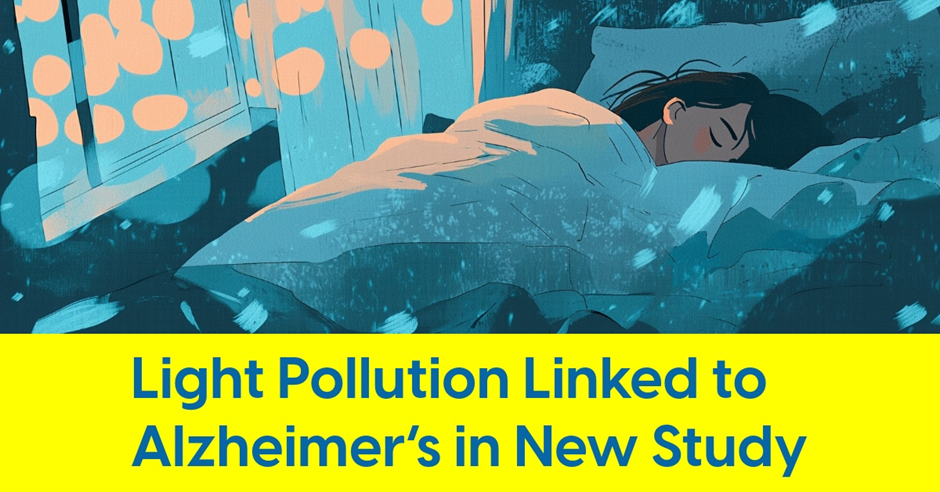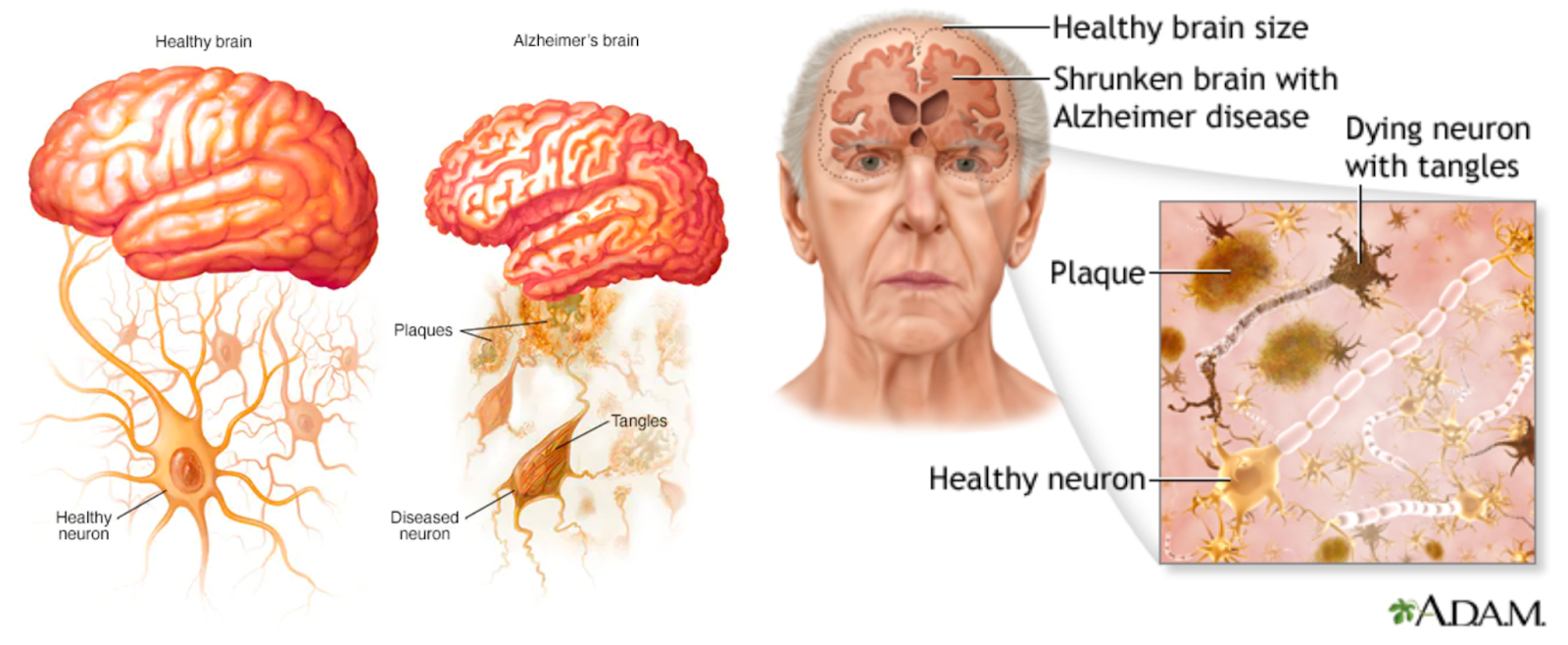- Courses
- GS Full Course 1 Year
- GS Full Course 2 Year
- GS Full Course 3 Year
- GS Full Course Till Selection
- CSAT
- 5 LAYERED ARJUNA Mentorship
- Public Administration Optional
- Online Program
- GS Recorded Course
- NCERT Batch
- Polity Module Course
- Geography Module Course
- Economy Module Course
- AMAC Module Course
- Modern India, Post Independence & World History Module Course
- Environment Module Course
- Governance Module Course
- Science & Tech. Module Course
- International Relations and Internal Security Module Course
- Disaster Management Module Course
- Ethics Module Course
- Essay Module Course
- Current Affairs Module Course
- ABOUT US
- OUR TOPPERS
- TEST SERIES
- FREE STUDY MATERIAL
- VIDEOS
- CONTACT US
Light pollution may increase risk of Alzheimer’s
Light pollution may increase risk of Alzheimer’s

Recent research suggests that exposure to artificial light at night might increase the risk of Alzheimer’s disease, especially in people under 65.
- The study, funded by the National Institutes of Health and published in Frontiers in Neuroscience, found links between high levels of nighttime light and higher rates of Alzheimer’s in the U.S.
Impacts of Light Pollution
Human Health
- Circadian Rhythm Disruption: Exposure to artificial light at night can disrupt the body’s natural sleep-wake pattern, leading to hormonal imbalances and health issues such as sleep disorders.
- Health Issues: Increased risk of conditions like Alzheimer's disease, eye problems, and other health concerns related to disrupted sleep.
Impact on Plants
- Photosynthesis and Phytochrome: Plants need darkness at night to replenish phytochrome, a molecule crucial for processes like photoperiodism, abscission, dormancy, and seed germination.
- Ecosystem Disruption: Light pollution near lakes inhibits zooplankton from consuming surface algae, leading to algal blooms that can kill aquatic vegetation and degrade water quality.
Impact on Animals
- Nocturnal Behavior: Artificial light disrupts nocturnal species’ ability to navigate and perform natural behaviors such as foraging and predation.
- Breeding Patterns: It can disturb breeding patterns and prey-predator dynamics.
Impact on Birds
- Migration: Migrating birds use moonlight and starlight for navigation. Light pollution can cause them to migrate too early or late, missing optimal conditions for nesting and feeding, and potentially getting off course.
Impact on Sea Life
- Sea Turtles: Female sea turtles use natural light to locate beaches for egg-laying. Hatchlings are drawn to brighter horizons which are usually the sea. Artificial beachfront lighting can lead them inland, a fatal mistake.
Astronomy
- Observation Challenges: Light pollution creates a bright sky glow that obscures faint celestial objects like stars, galaxies, and nebulae, making astronomical observations difficult.
What is Alzheimer's Disease?

Alzheimer's disease is a progressive neurological disorder characterized by brain atrophy and cell death. It is the most common form of dementia, which results in a continuous decline in cognitive, behavioral, and social skills, impairing the ability to function independently.
Causes
- Protein Abnormalities: Alzheimer's is linked to abnormal protein build-ups in the brain:
- Amyloid Plaques: Deposits form around brain cells.
- Tau Tangles: Abnormal tangles form within brain cells.
Symptoms
- Early Stage: Forgetting recent events and conversations.
- Middle Stage: Severe memory impairment and difficulty with daily tasks.
- Advanced Stage: Severe cognitive decline leading to complications that may result in death.
Treatment
- Current Status: No cure exists for Alzheimer’s disease.
- Medications: Certain drugs may temporarily slow the progression of dementia symptoms.
Global Impact
- Prevalence: According to the World Health Organization (WHO) estimates from 2023, over 55 million people worldwide suffer from dementia, with Alzheimer’s disease contributing to around 75% of these cases.
Conclusion
Light pollution and Alzheimer’s disease are significant issues with far-reaching impacts on both the environment and human health. Light pollution disrupts natural ecosystems, affecting everything from plant processes to animal behaviors and astronomical observations. Alzheimer’s disease presents a profound challenge to individuals and healthcare systems worldwide, impacting millions and highlighting the need for continued research and development of effective treatments. Addressing these issues requires concerted efforts from governments, organizations, and individuals to mitigate light pollution and advance research and support for Alzheimer’s disease.
Must Check: Best IAS Coaching In Delhi
UPSC Prelims Result 2024 Out: Expected Cut Off & Other Details, UPSC Prelims 2024 Answer with Explanation, Daily Prelims Quiz, Daily Current Affairs, MONTHLY CURRENT AFFAIRS TOTAL (CAT) MAGAZINE, Best IAS Coaching Institute in Karol Bagh, Best IAS Coaching Institute in Delhi, Daily Mains Question Answer Practice, ENSURE IAS UPSC Toppers, UPSC Toppers Marksheet, Previous Year Interview Questions, UPSC Syllabus




